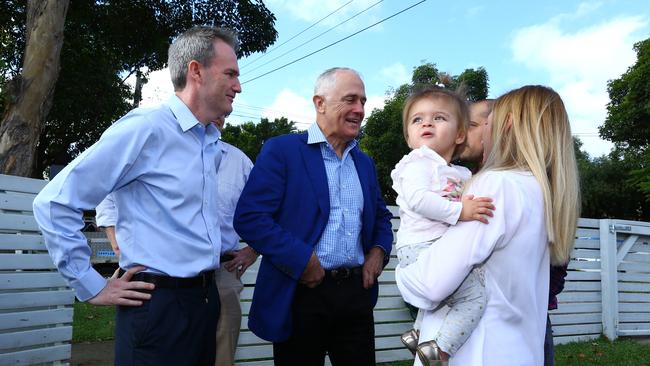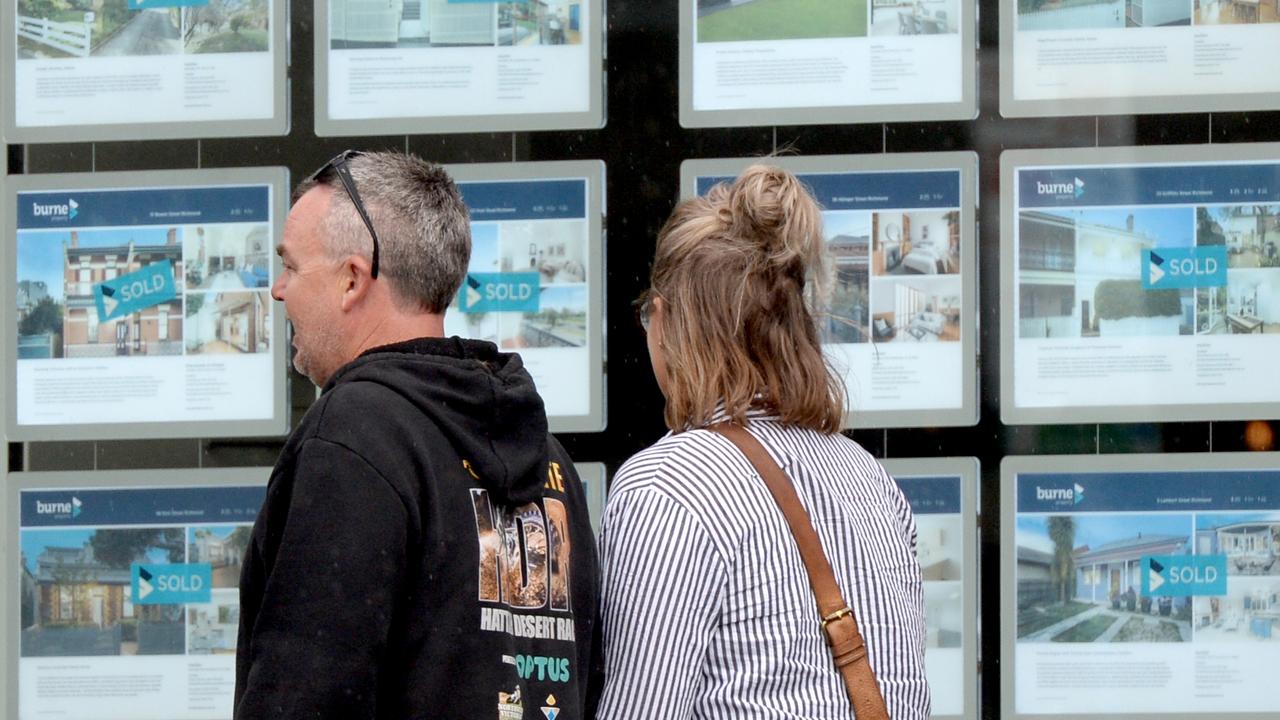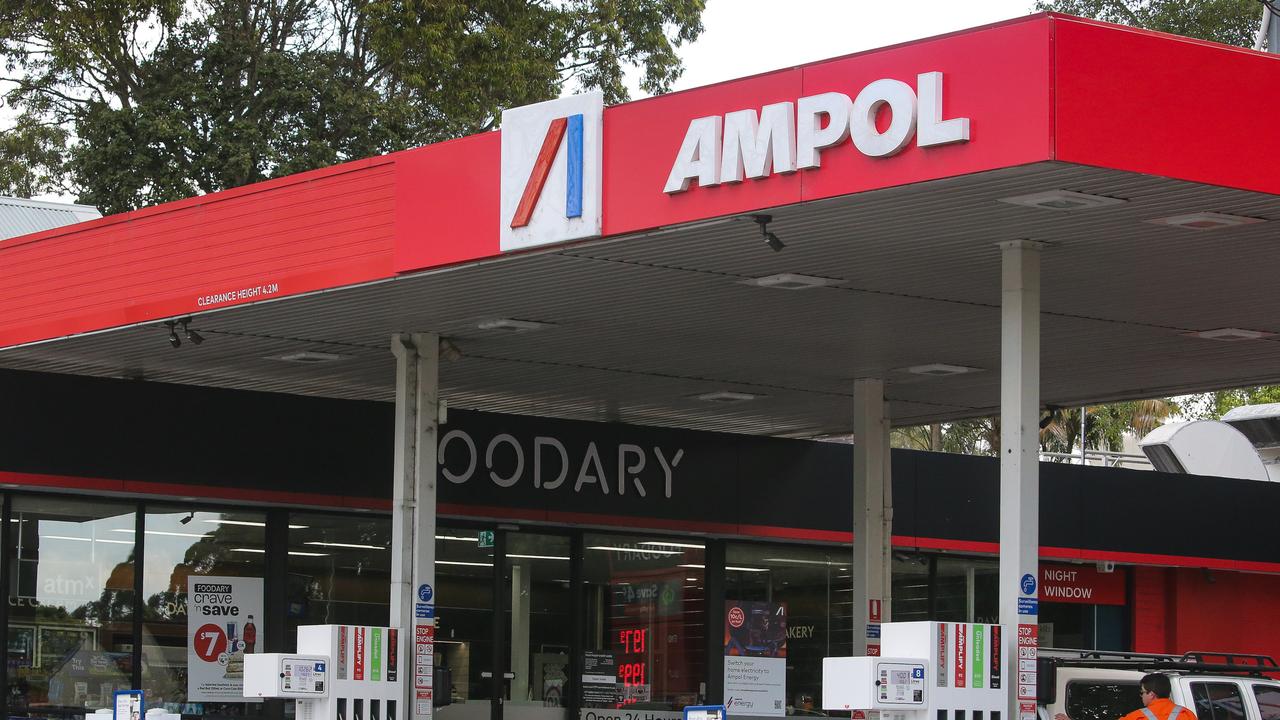Treasurer Scott Morrison looks to United Kingdom for housing affordability solution
IT WAS one of the biggest issues of the Federal Election, and now Treasurer Scott Morrison appears to be taking it seriously.

IT WAS one of the biggest issues of last year’s Federal Election: the spiralling cost of housing in Australia’s major cities.
The perceived failure to take housing affordability seriously proved to be the downfall of former treasurer Joe Hockey, so it’s no great surprise that his successor has taken a different approach.
Mr Hockey never quite lived down that time he said young Australians should simply “get a good job” if they wanted to buy their own homes — while house prices climbed faster than a millennial eating smashed avo on toast.
And let’s not talk about Prime Minister Malcolm Turnbull’s “light hearted joke” that middle-class parents should “shell out” to help their children break into the market, or his praise for the family who bought a negatively-geared house for their one-year-old daughter.
Now it seems that Treasurer Scott Morrison is on track to a potential solution, having flown to the United Kingdom to examine the nation’s social housing scheme.
Mr Morrison, who is in Europe meeting with G20 leaders, put out a memo announcing that he will meet with financiers and specialists in the UK affordable housing sectors “to learn more about its policies and determine if they are fit for purpose in the Australian context”.
“Improving housing affordability is a key policy goal for the Australian Government,” he said.
“The UK is leading the way on this front with a number of affordable housing initiatives.”
One of the initiatives he will investigate is the Housing Finance Corporation, an independent body that makes low-interest loans to regulated housing associations through the issue of bonds to private investors.
Acting as an intermediary between investors and affordable housing developers, the HFC gives the sector the cash boost it needs to grow the number of cheap rental properties.
The peak body for community housing in Australia has been lobbying the government to set up a similar body here, to provide affordable homes for students and low-paid workers such as teachers and nurses.
It was the top recommendation of bureaucrats in a report handed to state and federal treasurers in December, who agreed to establish a taskforce to design the model by mid-2017.
HFC chief executive Piers Williamson last year told news.com.au that the organisation had funded tens of thousands of affordable housing developments since its inception in 1987, quadrupling the sector to about $8 billion.
“There are now 2.4 million properties housing everyone from vulnerable people through to key workers like teachers, nurses, police, young people as well,” Mr Williamson said.
He added that Sydney’s housing bubble reminded him of what London was like 30 years ago when his organisation was born.
HOW IT WORKS
Just like ordinary bonds, those issued by HFC provide a low-risk investment option that’s backed by a government guarantee, while acting as a stimulus to the building of affordable housing.
A similar scheme in Australia could unlock the $1.5 trillion held in superannuation funds for the purpose.
Reduced rents could be offered to workers on low incomes (affordable housing) and pensioners (social housing), in areas normally out of their price range — allowing them to live near the schools, hospitals and shops where they work.
Mr Williamson, who visited Australia last year for talks with state and federal Treasury departments, has said that mimicking the funding model would “allow the sector to start growing at the same sort of rate as we saw in the UK” and boost economic growth while countering the effects of land banking by developers.
But it remains to be seen whether the approach will be adopted by our government, and if so in what form.
‘IT NEEDS GOVERNMENT FUNDING’
NSW Federation of Housing Associations chief executive Wendy Hayhurst welcomed the news of Mr Morrison’s UK visit, but said she would hold off celebrations until the government unveiled a fully funded plan to fix the housing crisis.
“We’re pleased that he's taken the opportunity to meet up with the HFC; Their model was one that we found probably the best model there is of a bond aggregator,” Ms Hayhurst said.
“It’s great this is being investigated ... It needs money, though.”
She said while cash raised from bonds would reduce the cost of building new social and affordable housing, providers would need further assistance in the form of government grants to be able to offer reduced rents.
“At least they’re talking more seriously than I’ve heard before,” Ms Hayhurst said.
How much government cash, she said, would depend on the mix of housing being developed, but “you’re talking what appears to be a lot of money”.
In his statement Mr Morrison noted that Australian state and federal governments “currently spend over $10 billion per year on housing in Australia”.
“This funding needs to be used more efficiently in order to help disadvantaged households overcome the challenge of not being able to access secure and affordable housing, which has significant flow on effects to so many other social and economic outcomes,” he said, carefully avoiding the promise of further funding while acknowledging the need for action.
Ms Hayhurst said funds could also be raised through “cross subsidisation”, with a mix of market and below-market rental apartments within each development, as well as developer contributions raised by local councils.




